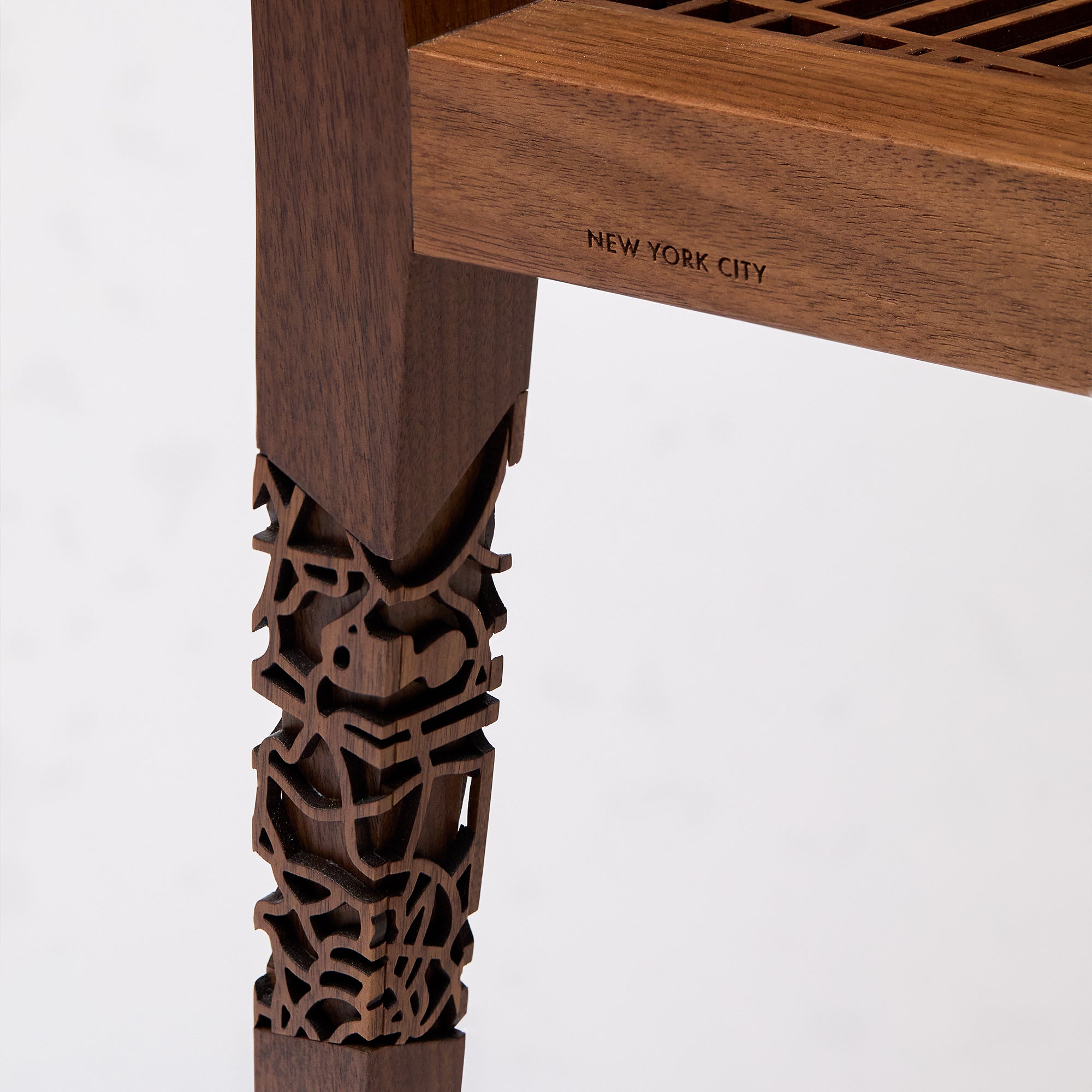









Wood Chair, New York City Midtown - Designer Series
Model shown in Walnut.
The Atlas Obscured Collection Wood Chair consists of four layers of laser-cut maps. The solid wood frames are precisely milled on a CNC machine, then the map layers are laser-cut and inlaid into the frame.
Material: Solid Wood, Plywood
Dimensions: 20⅞in L x 17in W x 37in H
Weight: 9.3lbs
Map Scale: 1in = 500ft
Lead Time: Up to 2½ Months
Designer Series Wood Chairs are made to order utilizing thoughtfully curated maps and narratives. Each piece is made with intention and care. As such, production timelines may be subject to minor adjustments in rare cases. Please allow additional time for shipping.
Made From Four Layers of Historical Maps
OCCUPYING OVER 200 YEARS OF NEW YORK HISTORY
Top Layer
2024
New York City is a global hub of finance, technology, and culture, home to over eight million people from diverse backgrounds.
Its towering skyline, constantly evolving, reflects ongoing urban development and sustainability efforts. Green initiatives aim to combat climate change, with investments in public transit, renewable energy, and climate resilience projects. Housing affordability remains a pressing issue, with debates on policy solutions shaping political discourse. The city’s economy diversifies, embracing biotech, AI, and creative industries while maintaining Wall Street’s dominance. Social movements push for racial and economic justice, influencing governance and civic engagement.
Amidst rapid change, New York’s energy, resilience, and cultural dynamism ensure its enduring status as a world leader.
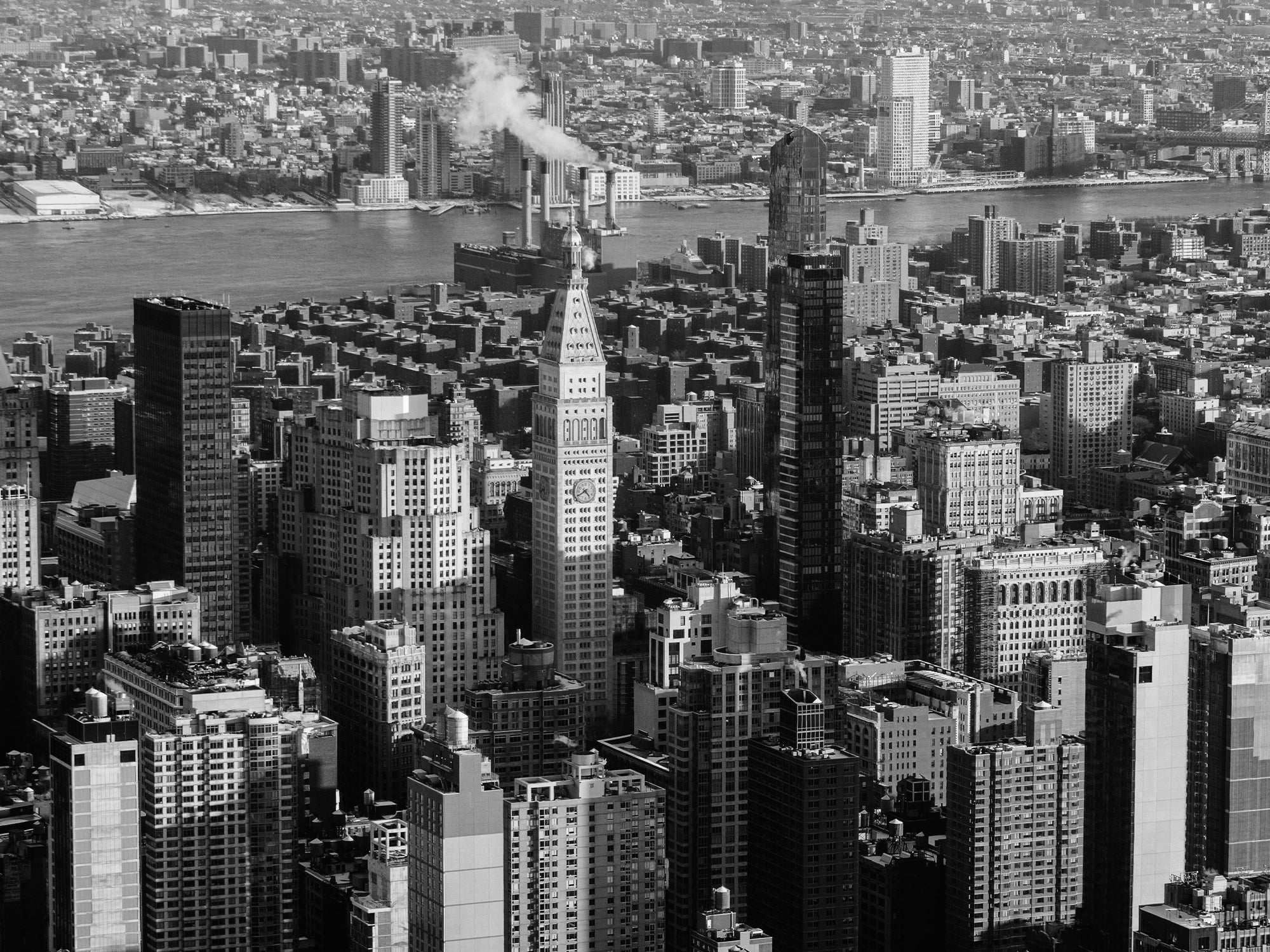
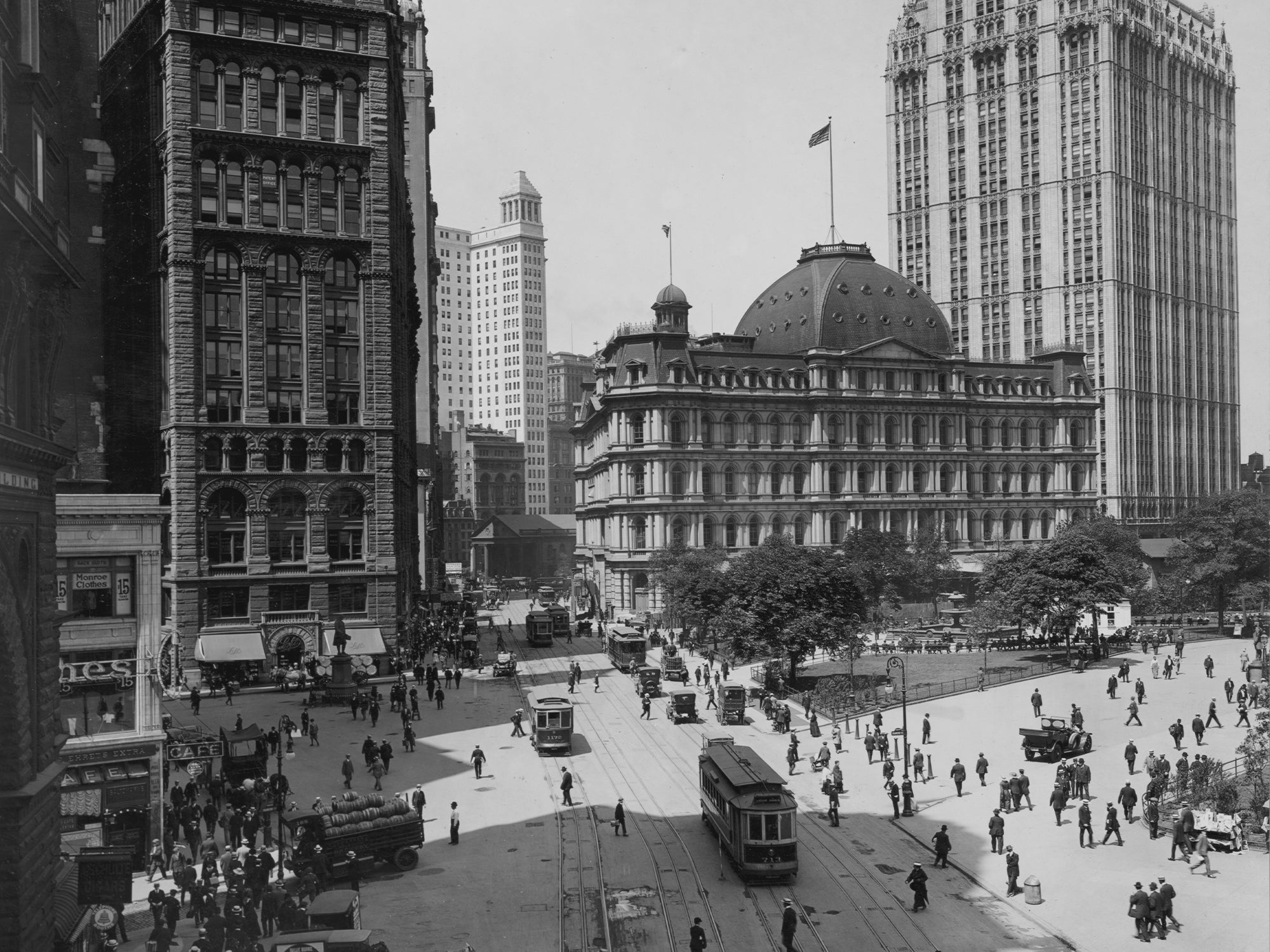
Second Layer
1920
New York City cements its status as the world’s largest metropolis, a beacon of industrial and cultural progress. The population surpasses seven million, fueled by continued immigration and urban expansion.
Skyscrapers like the Woolworth Building redefine the skyline, symbolizing the city’s financial and architectural ambition. The Roaring Twenties bring a cultural renaissance, with Harlem emerging as the epicenter of Black art, music, and literature. Jazz clubs, theaters, and speakeasies thrive, reflecting a spirit of exuberance and rebellion against Prohibition. The city’s infrastructure expands with new subway lines, bridges, and roadways, laying the groundwork for future growth. Wall Street prospers, fueling speculation and wealth, unaware of the economic collapse looming at the decade’s end.
In this era of transformation, New York stands as a global leader in finance, industry, and the arts.
Third Layer
1865
New York City emerges from the Civil War as a dynamic, multicultural metropolis, driven by waves of immigration. Castle Garden, the precursor to Ellis Island, processes thousands of newcomers, primarily from Ireland and Germany, reshaping the city’s neighborhoods. Overcrowded tenements in Lower Manhattan house struggling families, while factories and dockyards rely on immigrant labor. The end of slavery fuels economic shifts, with free Black communities establishing themselves in the city despite persistent racial discrimination.
Social reform movements gain momentum, advocating for labor rights, improved housing, and political representation. Industry booms, with shipping, finance, and garment manufacturing solidifying New York’s economic might.
Amidst hardship and opportunity, the city epitomizes both the promise and challenges of the American Dream.
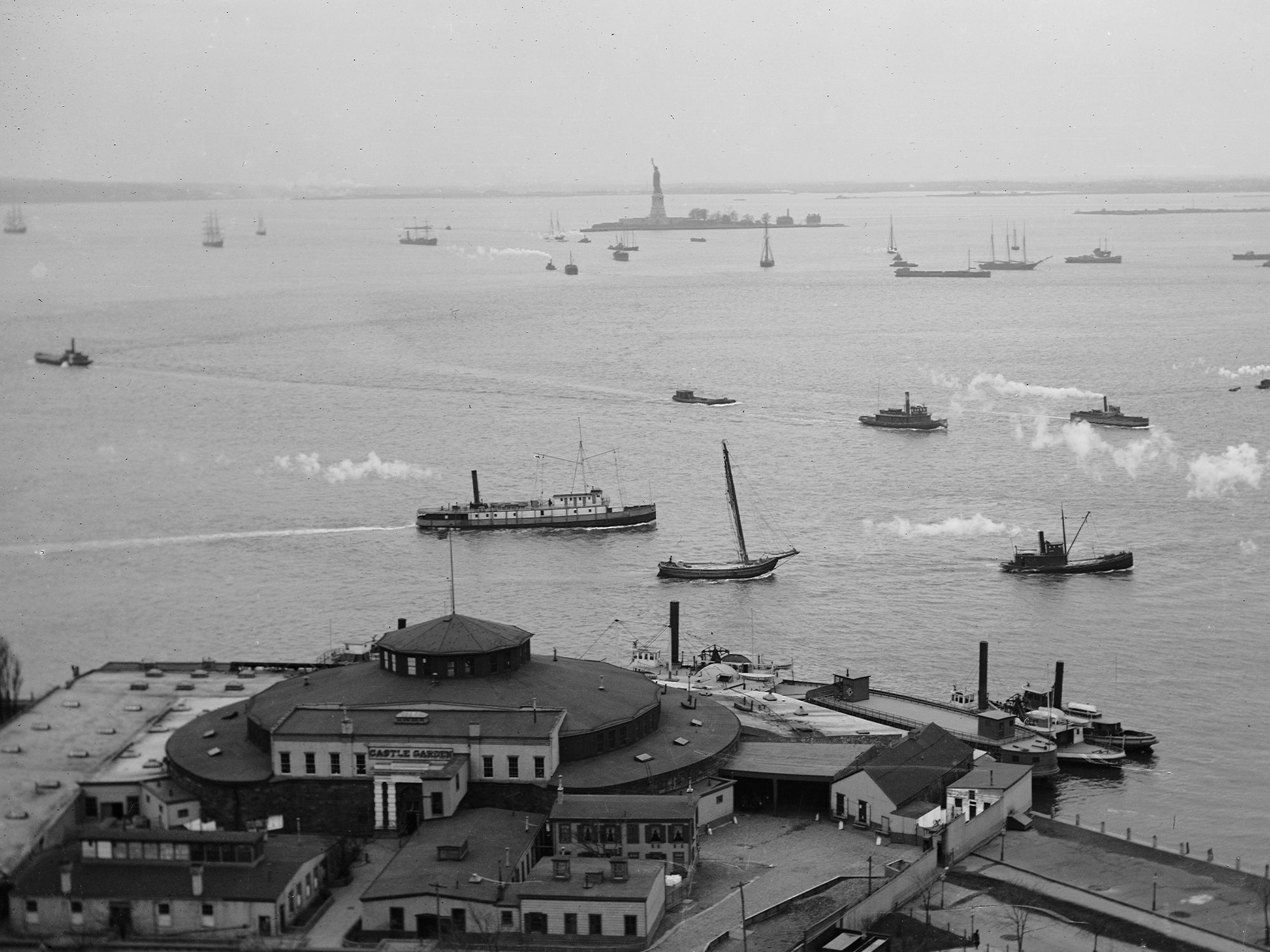
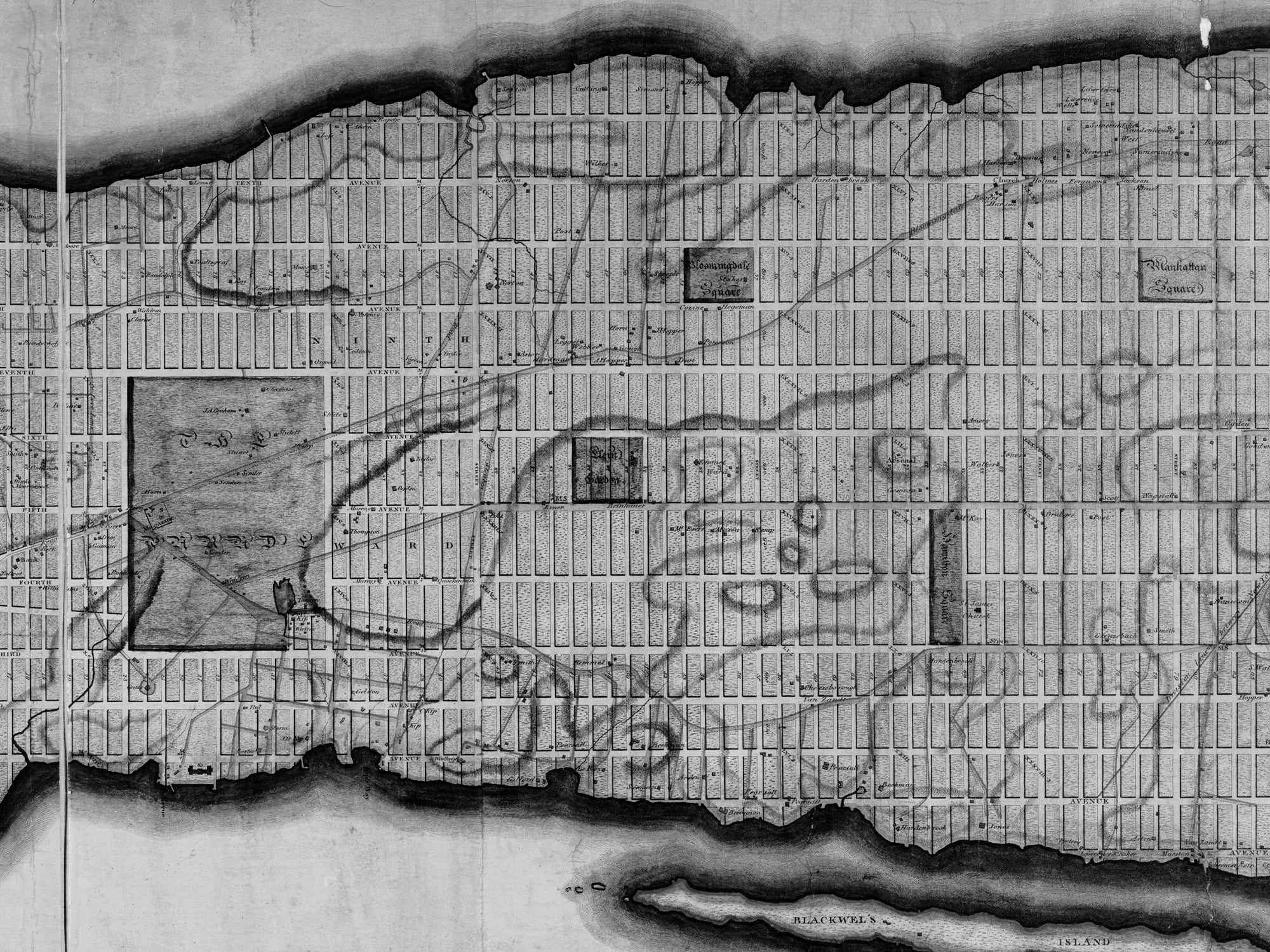
Bottom Layer
1811
New York City embarks on an ambitious urban planning project with the adoption of the Commissioners’ Plan, laying out Manhattan’s now-iconic grid system. Designed to accommodate rapid population growth, the plan organizes space for future residential and commercial expansion.
The city’s strategic location strengthens its role in trade, with a bustling port facilitating commerce between Europe and the Americas. Shipping, manufacturing, and finance drive economic growth, attracting merchants and laborers from around the world. Political and cultural institutions evolve alongside urban expansion, solidifying New York’s reputation as a forward-thinking metropolis.
The plan’s structured design contrasts with the city’s organic growth, setting the stage for a modern, navigable urban environment. As the 19th century progresses, this foundational grid shapes the city's transformation into a global powerhouse.
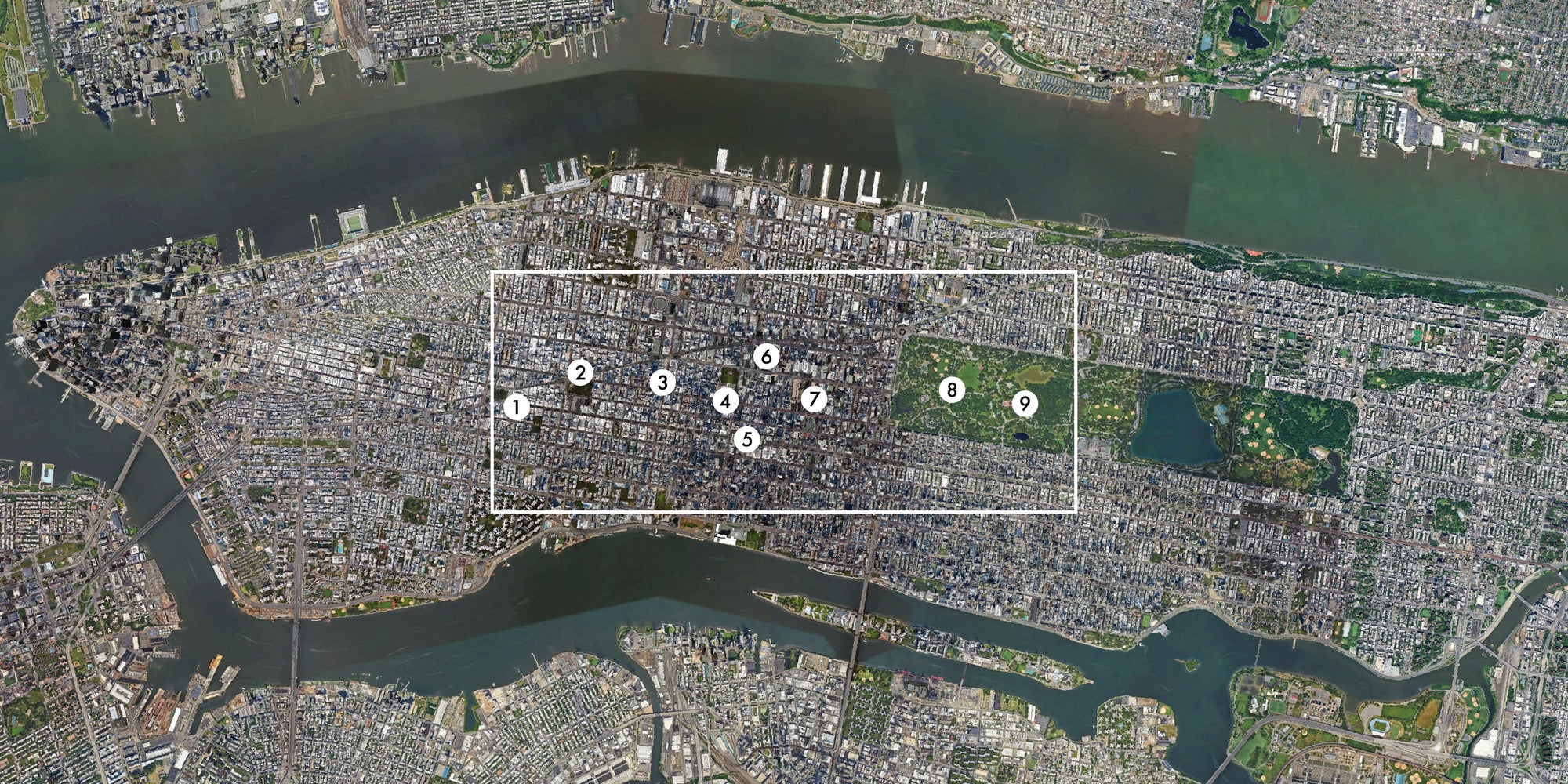
MAP LOCATION
1. Union Square
2. Madison Square
3. Empire State Building
4. Bryant Park
5. Grand Central Terminal
6. Times Square
7. Rockefeller Center
8. Central Park
9. Bethesda Terrace and Fountain









